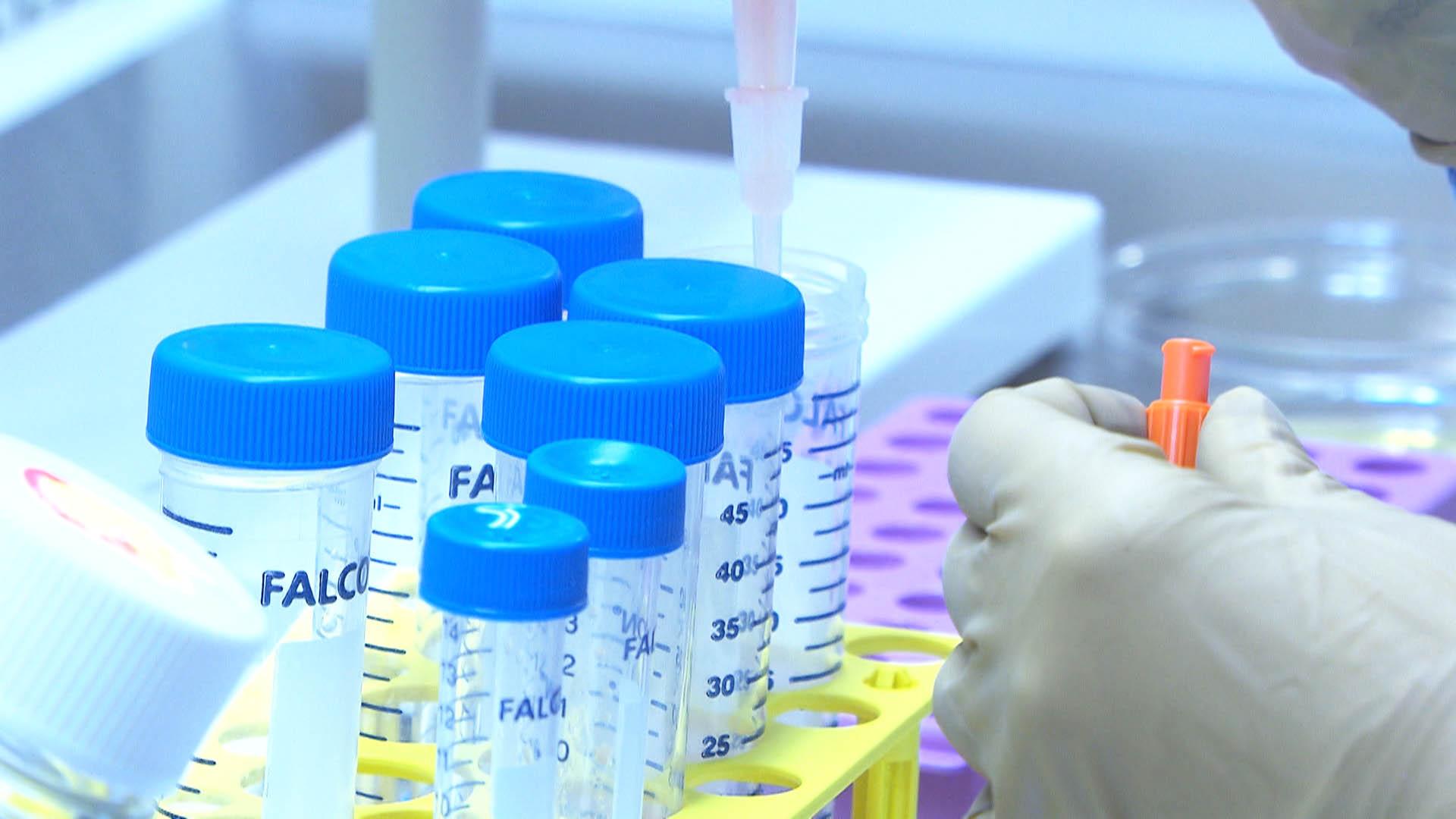Swiss scientists find novel way to make stem cells

Scientists at the Swiss Federal Institute of Technology Lausanne (EPFL) have come up with a technique to convert mature cells into stem cells by “squeezing” them. This discovery could finally allow stem cells to be produced on an industrial scale.
Stem cells have the potential to transform into cells of various organs such as the liver, pancreas, skin, etc., thus providing new avenues for the treatment of injuries and diseases. The 2012 Nobel Prize in physiology or medicine was awarded to John B. Gurdon and Shinya Yamanaka, who discovered that mature, specialised cells can be ‘reprogrammed’ to become stem cells capable of developing into all tissues of the body.
But producing stem cells from mature cells in a standardised manner has proven to be difficult, especially on a large scale.
Whereas previous experiments had been conducted in a two-dimensional environment like a petri dish, the EPFL scientists used a three-dimensional gel medium to culture these precursor stem cells – known as “induced pluripotent stem cells” or iPSC.

More
Stem cells: a miracle cure?
“We try to simulate the three-dimensional environment of a living tissue and see how it would influence stem cell behaviour,” said EPFL’s Matthias Lutolf whose lab published the study results in the journal Nature Materials.
In a serendipitous discovery, Lutolf and his colleagues found out that the gel medium influenced the transformation of iPSCs into stem cells. The scientists could then reprogramme the cells faster and more efficiently by adjusting the composition of the gel medium.
“Each cell type may have a ‘sweet spot’ of physical and chemical factors that offer the most efficient transformation,” said Lutolf. “Once you find it, it is a matter of resources and time to create stem cells on a larger scale.”
This phenomenon is not yet completely understood by the researchers, but they plan to explore it further and identify the “sweet spot” for other cell types as well.

In compliance with the JTI standards
More: SWI swissinfo.ch certified by the Journalism Trust Initiative












You can find an overview of ongoing debates with our journalists here . Please join us!
If you want to start a conversation about a topic raised in this article or want to report factual errors, email us at english@swissinfo.ch.